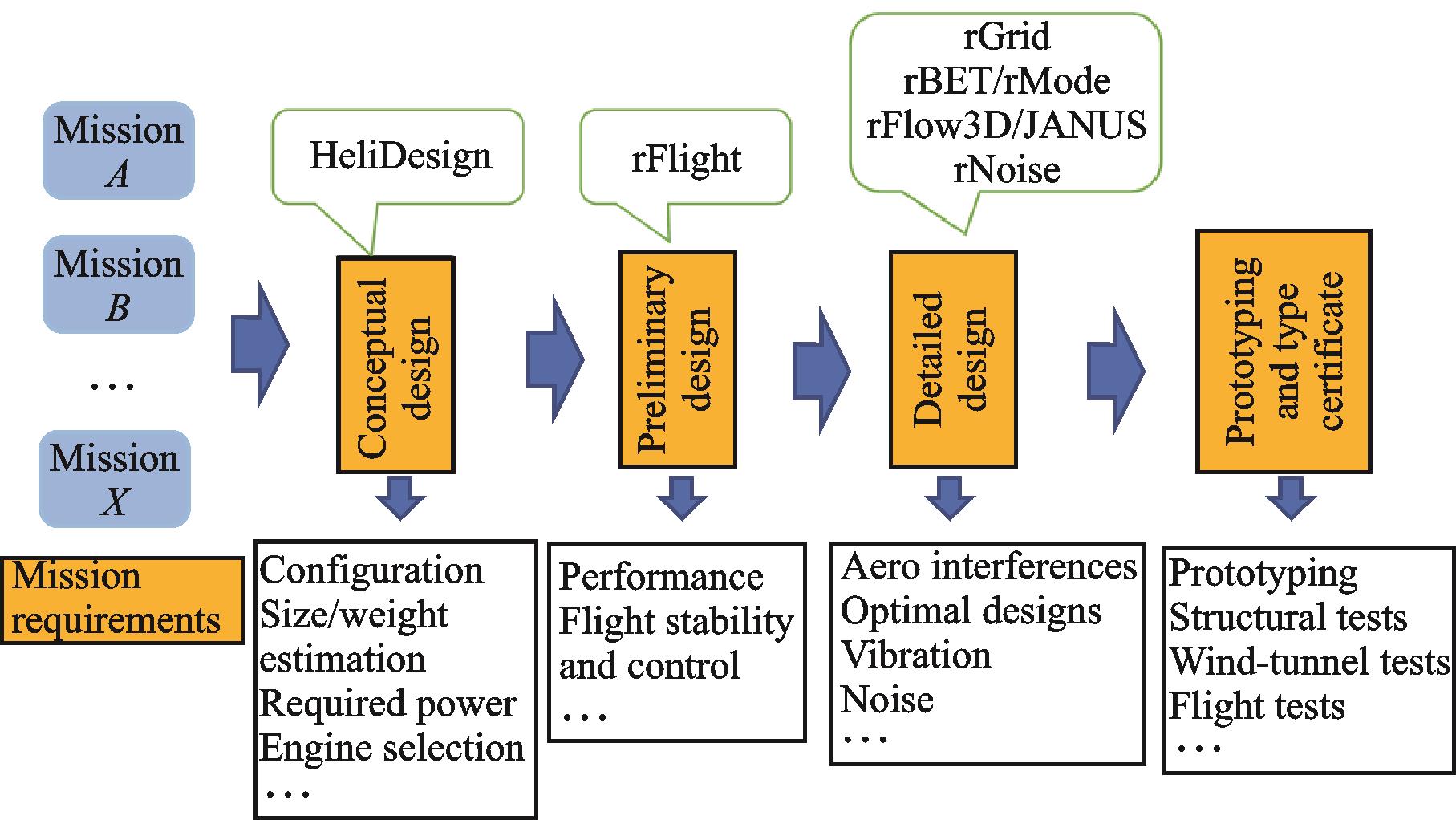Understanding Tranche Loans: A Comprehensive Guide to Structured Financing
Guide or Summary:Tranche Loan is a financial term that refers to a type of loan that is divided into multiple segments or "tranches." Each tranche has its o……
Guide or Summary:
#### What is a Tranche Loan?
Tranche Loan is a financial term that refers to a type of loan that is divided into multiple segments or "tranches." Each tranche has its own risk profile, interest rate, and repayment schedule. This structured approach allows lenders and borrowers to customize their financing arrangements based on specific needs and risk tolerances.
#### The Structure of Tranche Loans
In a typical tranche loan agreement, the total loan amount is segmented into various tranches, which can be released at different times or under different conditions. For instance, the first tranche might be disbursed upon the signing of the loan agreement, while subsequent tranches could be contingent upon the borrower meeting certain milestones or performance metrics.

The segmentation of loans into tranches allows for a more flexible financing solution. Borrowers can access funds as needed, and lenders can manage their risk exposure more effectively. Each tranche can also attract different types of investors, which can further diversify the funding sources for the loan.
#### Benefits of Tranche Loans
One of the key benefits of tranche loans is the ability to tailor financing to suit specific project needs. For instance, in real estate development, a developer might require funds for land acquisition, construction, and marketing. Each of these phases could be financed through different tranches, allowing for better cash flow management and reduced financial strain.
Additionally, tranche loans can be attractive to investors. Since different tranches come with varying levels of risk and return, investors can choose tranches that align with their risk appetite. For example, senior tranches are typically less risky and offer lower returns, while junior tranches carry higher risk and potentially higher returns.

#### Risks Associated with Tranche Loans
While tranche loans offer several advantages, they also come with risks. The primary risk is that if the borrower fails to meet the conditions for subsequent tranches, they may not receive the full amount of financing they anticipated. This can lead to cash flow issues and potentially derail a project.
Moreover, the complexity of tranche loans can be a double-edged sword. The multiple layers of financing can complicate the repayment process, making it more challenging for borrowers to manage their obligations. Lenders also need to conduct thorough due diligence to assess the risk associated with each tranche, which can be time-consuming and costly.
#### Conclusion

In summary, tranche loans represent a flexible and customizable financing option for borrowers and investors alike. By breaking down a loan into multiple segments, borrowers can better manage their cash flow and financing needs, while lenders can diversify their risk exposure. However, the complexity and potential risks associated with tranche loans necessitate careful consideration and planning. Understanding the structure, benefits, and risks of tranche loans is essential for anyone looking to navigate the world of structured financing effectively.